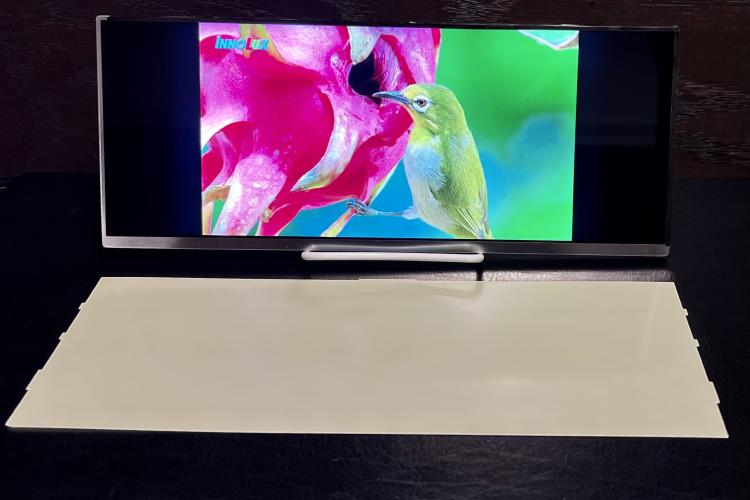NEMA Bulletin #119 – Gaining Consensus on New 0-10V Dimming Wire Colors
NEMA Bulletin #119 – Gaining Consensus on New 0-10V Dimming Wire Colors
NEMA Bulletin #119 – Gaining Consensus on New 0-10V Dimming Wire Colors
Authored by Jeremy Yon, Industry Relations Leader at GE Current, a Daintree company
NEMA recently published Technical Bulletin #119, Identification of Lighting Control Conductor Insulation, which provides clarifying guidance on the color used for control wires. This addresses the new challenge starting January 1, 2022, when the NEC will prohibit contractors from connecting wires of certain colors for use other than the reserved color purpose. The major impact for lighting is that Gray can no longer be used for 0-10V controls.
The bulletin represents many months of discussions and negotiation between various members of the Lighting division and the Building Wire & Cable section. Manufacturability needs were balanced with the rainbow of other conventional uses for wire colors to finalize a recommended pairing of Purple and Pink.
The approval and publication of this bulletin will start the process of the industries shifting use from Violet/Purple and Gray to Violet/Purple and Pink, but it is important to note that the requirement doesn’t mean that the wire attached to every ballast or driver needs to be a specific color. Rather the NEC focus is on the field connection, and therefore it will remain acceptable to mark or attach a properly colored wire to a Gray wire so that existing inventory need not be disposed.
This was a very interesting process in which to be a participant; I for one am concerned about the need to distinguish Purple/Violet from Pink—particularly since there is no existing work we’re aware of to accurately define the existing colors in our industry (and the fact that the existing color is sometimes referred to as Purple and other times as Violet). At the same time, any solution had to be both respectful of other existing color conventions and compatible for efficient manufacturing of wires and cables. So in the end, this was the best compromise.
But the work is not over! I’m hopeful to be able to share additional news later this year that addresses some of these concerns. Until then, we begin the transition of Gray to Pink.






